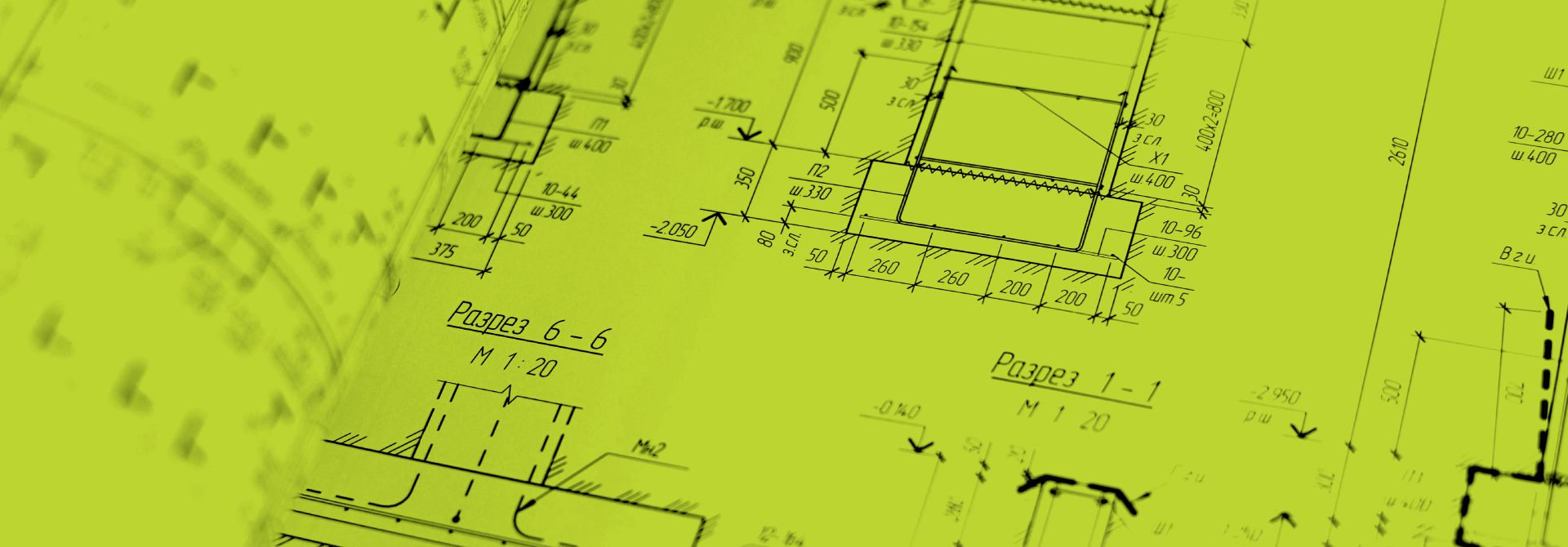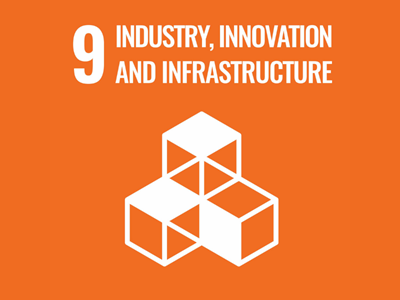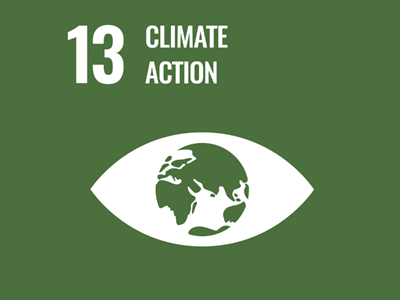About the Project
Augmented Agriculture and Sustainability - Exploring the potential of augmented and virtual reality in Agriculture 4.0
The project aims to create a Development, Demonstration and Training Hub that will enable the widespread adoption of digital and sustainable agriculture, regardless of the size of farms, through the adoption of augmented and virtual reality technologies. Benefiting from the experience of its partners, this Hub aims to present itself as a benchmark for the sector, contributing to the development of digitalisation in agriculture through the demonstration, dissemination and training of technologies that enable a more digital agriculture.
The activities will focus on the following areas of opportunity in that they will take advantage of the integration of data from multiple sources (sensors, machines, models) and formats to dynamically and in real-time "deliver" to the farmer in the field the information they need to make decisions:
- Real-time data and production insights: farmers can visualise real-time information in the field, such as NDVI collected from the Copernicus system, available soil water from sensors, weather conditions from ground observation and yield forecasts for their farm, speeding up and facilitating the decision-making process;
- Increased production: optimised crop management, through precision agriculture, smarter irrigation management, differentiated phytosanitary treatment or heterogeneous harvest management, will make it possible to maximise the production of a given crop leaf;
- Efficient Use of Water: Weather forecasts combined with soil moisture sensors will allow irrigation machines to be managed, applying water only where, when and how much is needed;
- Reduced operating costs: Automating and optimising sowing, treatment and harvesting processes can reduce resource consumption, human error and overall cost;
- Increased Production Quality: Analysing production quality and results in correlation with treatment can help farmers adjust processes to increase product quality;
- Accurate farm and plot assessment: precise knowledge of production per unit of production over time allows for detailed forecasting of future crop yields and their value;
- Remote monitoring: augmented reality offers the possibility of monitoring several fields in several locations simultaneously from the Internet and via satellite information. Decisions can be made in real-time and from anywhere;
- Equipment monitoring: agricultural equipment can be monitored and maintained in order to assess production rates, labour effectiveness and efficiency and predict failures;
- Reducing the environmental footprint: making conservation efforts more effective, such as the use of water, fertilisers and plant protection products, without neglecting increases in production per unit of land, which directly affect the environmental footprint in a positive way;
- Mitigating impacts by adopting new environmental technologies - "nature-based solutions" and/or decentralised wastewater treatment systems with agricultural applications (water reuse, phosphorus recovery, composting).







